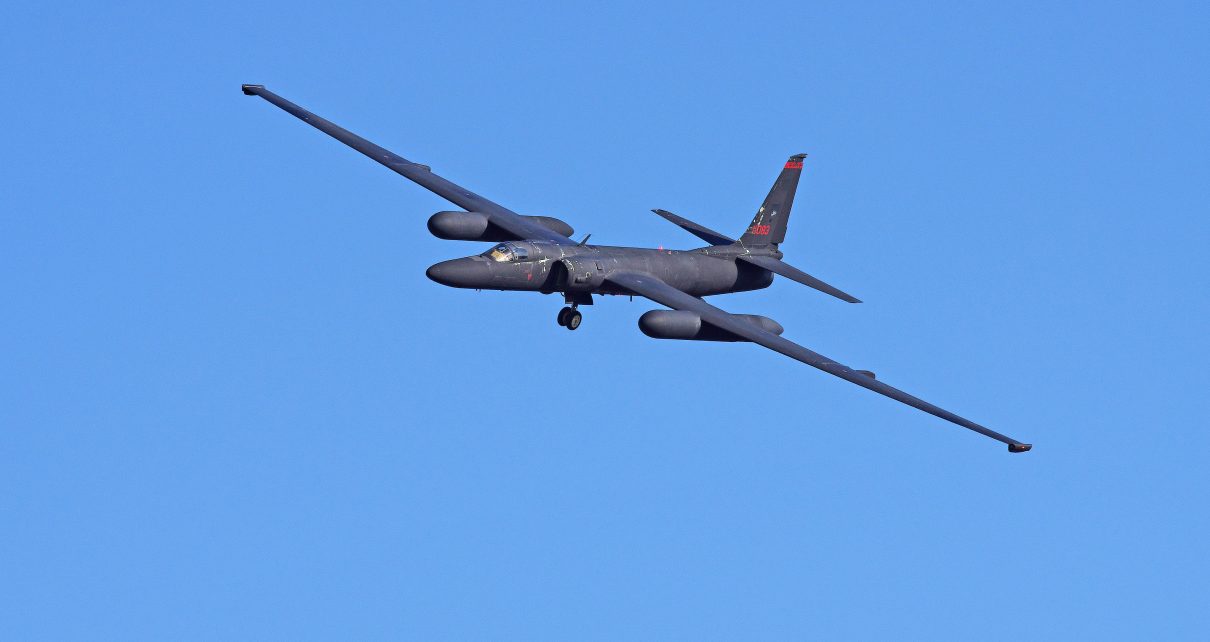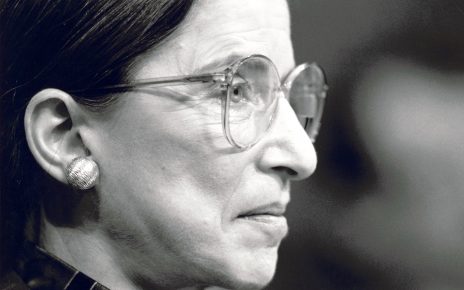The U.S. Air Force is investing more than $50 million to keep one of its oldest types of airplanes flying indefinitely. The U-2, nicknamed the “Dragon Lady” after a CIA program, is the world’s best-known spy plane, easily recognizable from its gliderlike shape and stealthy black color scheme. The air force commissioned it from the Lockheed Corporation in the 1950s as a reconnaissance aircraft that could fly above 70,000 feet—an altitude then presumed to be beyond the reach of Soviet surface-to-air missiles.
Today the U-2’s high-altitude capability, adaptable design and relatively low development cost have poised it for a new role: the 65-year-old craft is set to become a vital node in an ambitious network named the Advanced Battle Management System, which will connect weapons and sensors in space, at sea, underwater, in the air and on land.
Why Reuse an Older Flier?
Despite its age, the U-2 remains an immensely capable reconnaissance and surveillance aircraft. First flown in 1955 and operational by 1956, the intelligence-gathering airplane was designed by Lockheed’s then chief engineer, Kelly Johnson, and built just nine months after the company received a contract. Its combination of high-altitude flight capability and range still exceed those of most modern tactical and command-and-control aircraft, making it a more effective intelligence gatherer and data “node”—a high-capacity channel for passing along the information its sensors collect.
The plane drew international attention in 1960 when a U-2, flown by CIA pilot Francis Gary Powers, was shot down over what is now Yekaterinburg, Russia. This demonstrated that Soviet surface-to-air missiles were capable of threatening even high-altitude aircraft. The U.S. subsequently suspended reconnaissance flights over the U.S.S.R., but the U-2’s intelligence-gathering abilities were considered too valuable to give up: later that same year, the Dragon Lady was back to flying recon missions—this time over Cuba.
The U-2S models, which the air force currently flies, were completed in the late 1980s; these planes have about 80 percent of their structural life left, according to Irene Helley, Lockheed Martin’s current U-2 program director. “It’s such a versatile airplane that has so much life left in it,” she says. “It’s ideal to modernize.”
How could an airplane designed with slide rules in the 1950s still be so versatile? Back then the available technology couldn’t offer the miniaturization and low power consumption engineers take for granted today. Instead, Johnson and other engineers from Lockheed’s Skunk Works engineering division built the U-2 big—63 feet long, with a 105-foot wingspan—and also powerful, allowing it to support the bulky, electricity-hungry cameras, radios and vacuum tubes of the day. Crucially, Johnson’s team also made the craft modular: the contemporary technology was placed in large compartments, where it could later be swapped for modern electronics with relative ease. Today’s sensor and communication systems are much tinier and require far less energy, which gives the U-2 surplus space and power capacity.
Despite several mooted retirements in the last 30 years, the plane has continued to receive new optical and thermal cameras, radar systems, air-sampling instruments, radio frequency sensors, data-collecting software and communications systems. “When we hit upon a new capability or sensor that we want to introduce to the field,” Helley says, “we’re able to make that integration in a matter of weeks rather than [the years] required with a more [complex] modern platform.”
Another thing going for the U-2 is the fact that the country has already paid for it. Building a new aircraft (whether crewed or autonomous) to entirely replace it would be exponentially more expensive and time-consuming than simply installing another set of upgrades. LockheedMartin’s own F-35 provides a notable contrast: after two decades in development it is the most expensive weapons system in U.S. Defense Department history, estimated to cost more than $1 trillion during its 55-year lifespan. Instead of building a new craft from scratch, it is much cheaper, easier and faster to transform the U-2 into a high-altitude hub for coordinating cutting-edge communications—as the air force announced in April that it is planning to do.
Building a Network of Networks
Each branch of the U.S. military uses a variety of weapons and sensors, located everywhere from the depths of underground bunkers to high-Earth orbit. In an ideal world, a human would be able to take data from any one of these systems and quickly use it to command other systems to act. But many such systems have their own controls and machine languages, which can make it difficult for them to “talk” to one another. In 2018 the air force began developing the Advanced Battle Management System (ABMS) as a network that can connect and translate among these disparate technologies.
The ABMS is intended to expand on a more limited existing network called the Joint Surveillance Target Attack Radar System (JSTARS). JSTARS tracks ground targets and assists with command and control—but it does so from a single platform, the airliner-sized E-8C plane. The E-8C coordinates among a variety of units, including piloted and unpiloted aircraft, ships and submarines, as well as ground troops. ABMS would essentially loop JSTARS into a network with other U.S. surveillance systems, further broadening the data available and creating one overarching platform from which to move sensor and targeting data among systems across the globe.
The U-2 is slated to become a high-flying facilitator of the ABMS, but first it will need a series of upgrades. The first round, scheduled to reach the fleet starting in 2022, will give pilots new computers and cockpit displays. The plane’s existing computer processor was integrated in the early 2000s; Lockheed Martin plans to replace that unit with a system called Enterprise Mission Computer 2. In addition to greater computing capacity, EMC2 prevents vendors from locking the airplane into any one company’s tech ecosystem. “Your Android or Apple [smartphone] has the ability to use apps from different vendors, [with] different accessories and plug-ins from all sorts of brands,” Helley observes. To replicate that principle, EMC2 is built with open-source architecture, which is long standard in the commercial sector and is designed to fit the air force’s systems. This technical standard will allow the U-2 to mesh at a variety of security levels with systems on other sensors, vehicles and weapons. “That’s the goal with open mission systems and the U-2,” Helley says.
Within the cockpit, new touch-screen displays will render images and maps with higher fidelity. They will combine information from onboard sensors and offboard sources such as ships, along with airborne and satellite radar systems. Compared with older displays, the new ones will provide pilots with a more complete picture of objects, terrain and movements of interest, allowing humans to better share imagery and other data. Although the system will still require pilots, such upgrades will make their jobs easier: a significant degree of automation will analyze the data the craft scoops up, and ground controllers already have remote access to direct the craft’s sensors.
Pilots from the air force’s Ninth Reconnaissance Wing, who fly the U-2s, are eager for the first round of updates. A Ninth Wing U-2 instructor pilot, who requested anonymity for security reasons, says these updates will give U-2 crews greater awareness than ever. “Think about driving around New York City as a tourist with the latest version of Google Maps on a high-resolution touchscreen with an internet connection,” he says, “compared to a first-generation handheld GPS with an outdated interface, and software that’s only updated once a year.”
After the initial upgrades are complete, Lockheed Martin plans to refresh the U-2’s sensors and other electronic systems. This will allow it to pass more detailed imagery and information to a variety of communications and weapons systems. Translating among these systems will further bolster its abilities as a node in ABMS—and prove that the 65-year-old craft can still adapt to technology developed by a generation twice removed.




